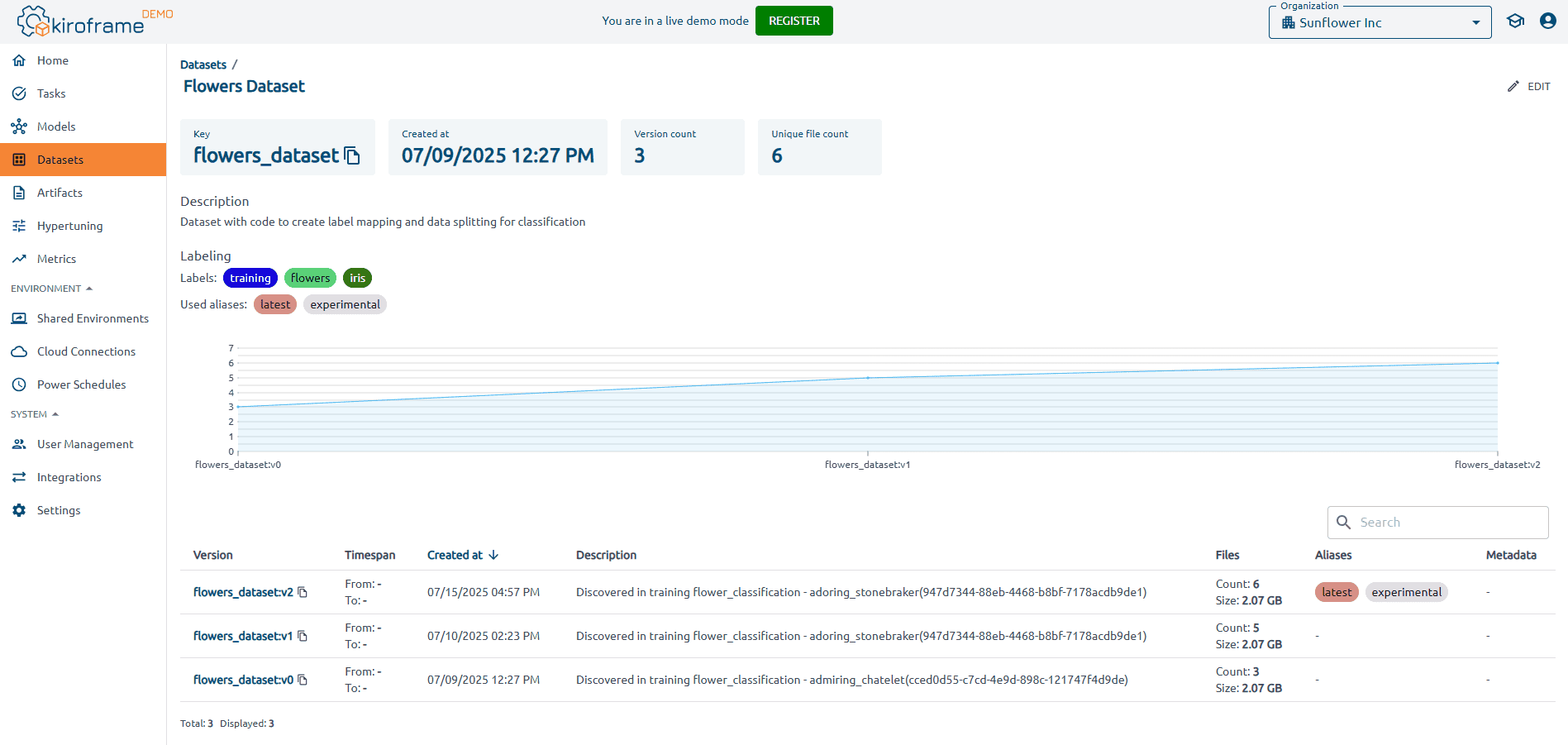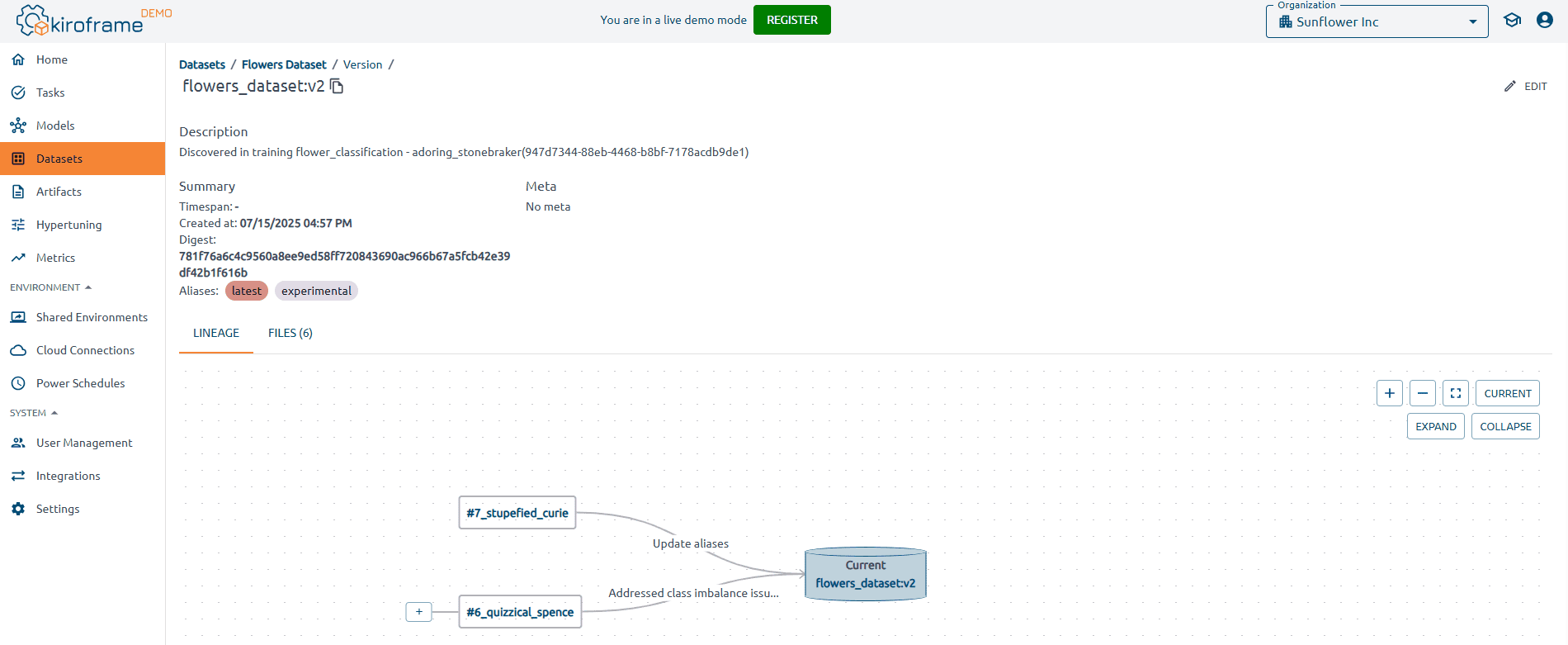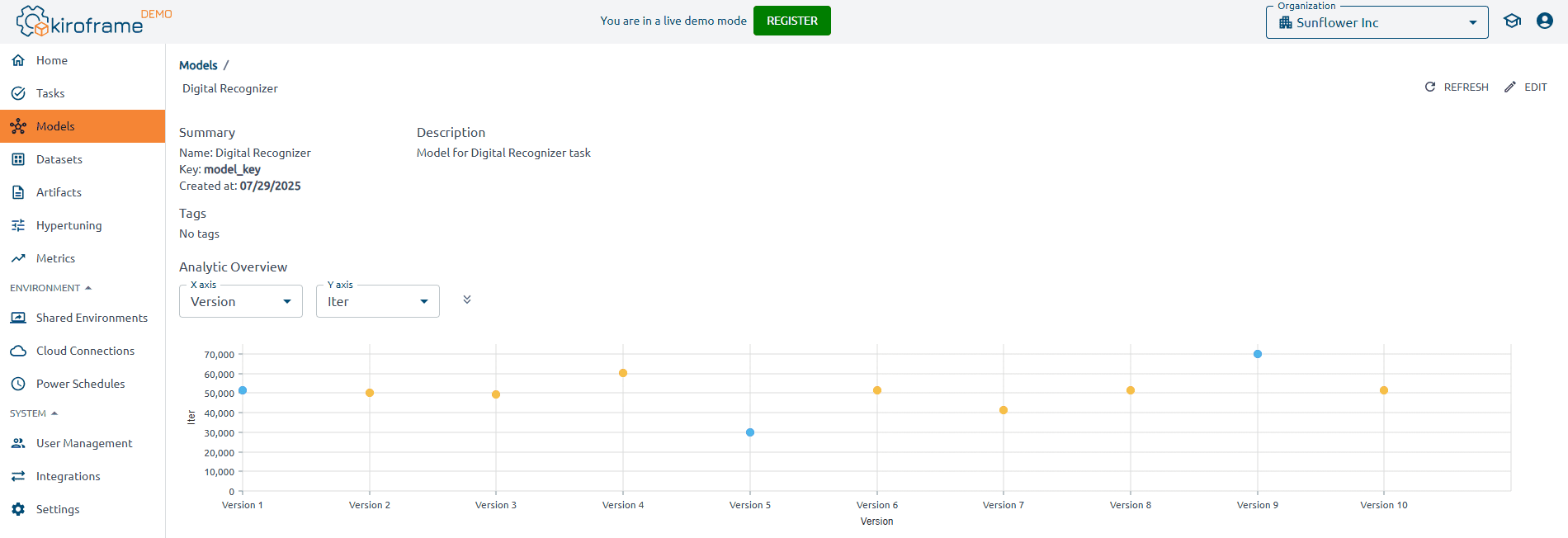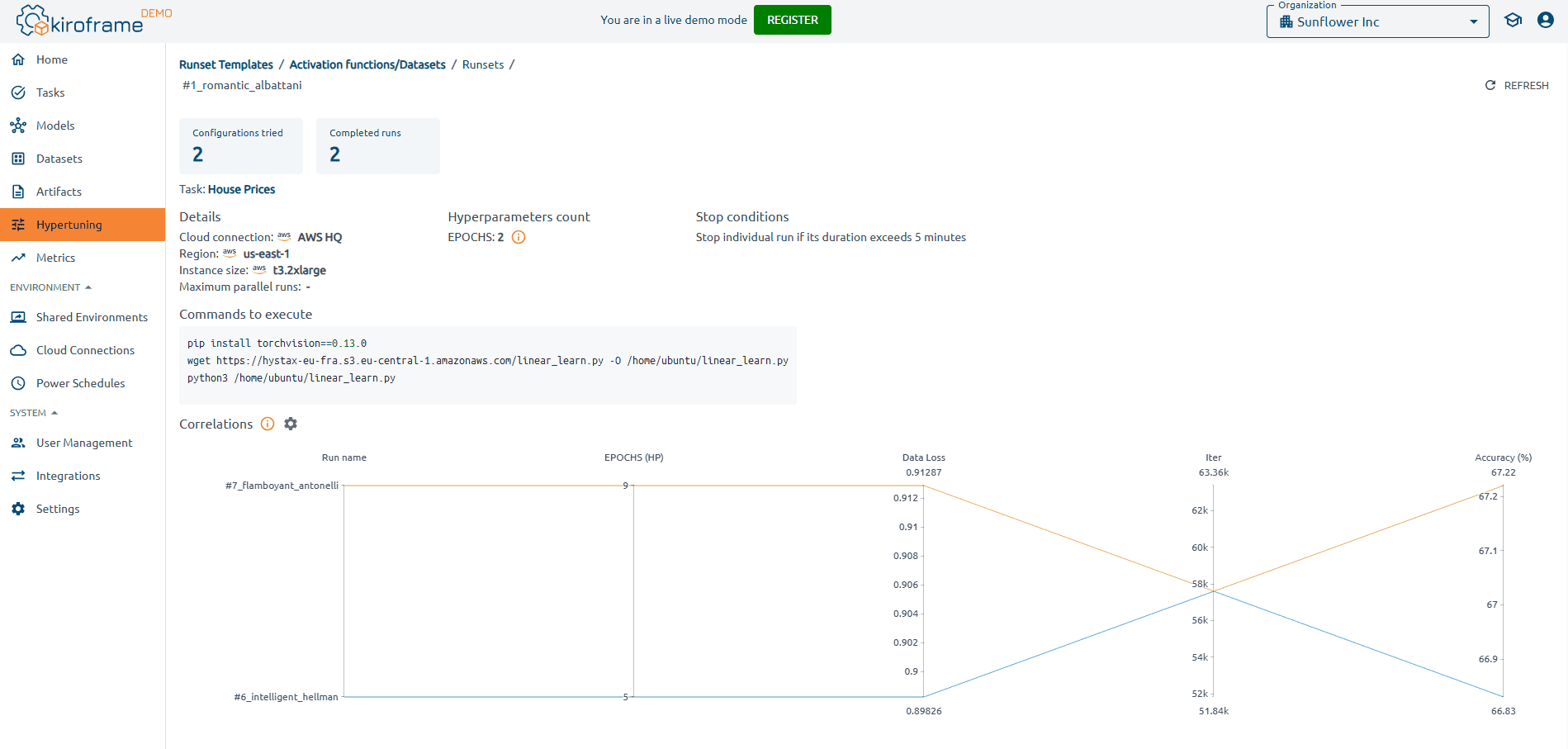Effective ways to debug and profile machine learning model training
- Edwin Kuss
- 6 min

Table of contents
- ML Model training explained: meaning, purpose, pitfalls & benefits
- Prepare and explore your data
- Begin with a basic model
- Identify and fix data issues
- Detect and prevent overfitting
- Monitoring ML models training progress
- Leverage visualization tools for insights
- Profile models for optimal performance
- Speed up development with transfer learning
- Automate hyperparameter tuning for efficiency
- Validate models using fresh datasets
Machine learning (ML) models have become a cornerstone of modern technology, powering applications from image recognition to natural language processing. Despite widespread adoption, developing and training ML models remains intricate and time-intensive. Debugging and profiling these models, in particular, can pose significant challenges. This article delves into practical tips and proven best practices to help you effectively debug and profile your ML model training process.
ML Model training explained: meaning, purpose, pitfalls & benefits
What is model training?
ML model training is the process of feeding labeled or unlabeled data into an algorithm to learn statistical relationships and make accurate predictions.
During training, the model:
- Processes input examples;
- Compares predictions to the expected output;
- Adjusts weights to reduce error;
- Repeats the cycle until performance stabilizes.
Training can happen on CPUs or GPUs and often requires multiple iterations, experiments, and hyperparameter adjustments.
What it is used for
Training enables ML systems to:
- Predict outcomes (e.g., fraud detection, churn prediction, demand forecasting)
- Classify objects (images, text, events)
- Recognize patterns in large volumes of structured or unstructured data
- Make decisions at scale without explicit rules
- Improve over time as new data becomes available
In short, training transforms raw data into a model capable of solving real-world tasks.
Common pitfalls in ML model training
Training ML models is complex, and several recurring challenges can degrade results:
Data quality issues
Missing values, mislabeled samples, and inconsistent preprocessing can dramatically reduce accuracy.
Overfitting or underfitting
A model may learn the training data too well (overfit) or fail to capture underlying patterns (underfit).
Improper hyperparameter selection
Poor choices around learning rate, batch size, or architecture often lead to unstable or slow training.
Hardware bottlenecks
Insufficient GPU memory, CPU contention, or low I/O throughput extend experiment cycles and slow iteration.
Lack of experiment tracking
Without systematic tracking, teams cannot reproduce results or understand why one experiment outperforms another.
Unoptimized training pipelines
Inefficient data loading, large batch transfers, and unnecessary model complexity inflate costs and slow training.
Benefits of effective training ML models
When done correctly, training enables teams to build models that are reliable, scalable, and valuable in production.
Higher model accuracy
Systematic training processes produce models that generalize better to new data.
Shorter experiment cycles
Optimized pipelines and hardware utilization significantly reduce the time-to-results.
More reproducible workflows
Precise tracking of datasets, hyperparameters, and code ensures models can be recreated months later.
Operational efficiency
Teams spend less time debugging training bottlenecks and more time improving model logic.
Stronger business impact
High-quality training leads to better predictions — enabling automation, personalization, and decision-making at scale.
Prepare and explore your data
Before delving into debugging and profiling, it’s crucial to fully comprehend the data used for training your machine learning (ML) model. This involves evaluating its format, size, and distribution and identifying any potential biases or anomalies. A deep understanding of the data highlights potential issues and informs preprocessing and feature engineering strategies. To ensure effective model training, focus on preparing the data to include only the most relevant and clear information.
With Kiroframe’s dataset tracking and management, teams can link datasets to model runs, version changes, and monitor usage over time. This makes it easier to spot anomalies, track metadata, and ensure that experiments always run on the correct data snapshot. By adding transparency and reproducibility to the data preparation stage, Kiroframe helps prevent silent errors and accelerates the path to cleaner, more reliable ML models.
Begin with a basic model
Begin your ML development process with a straightforward model before gradually increasing complexity. A simple model helps you identify issues early and simplifies the debugging process. Once this baseline model is working as expected, you can incrementally introduce additional layers of complexity to build a more sophisticated system.
Data quality issues are a frequent cause of errors in ML models. Common problems include missing values, inconsistent formatting, and outliers. Conduct a thorough inspection of the dataset to identify and resolve these issues. Cleaning and normalizing the data are examples of proper preprocessing that guarantees the model is trained on reliable and consistent inputs.
With Kiroframe’s dataset tracking and management, teams can go beyond manual checks by versioning datasets, monitoring metadata, and linking data directly to training runs. This ensures that anomalies are detected earlier, preprocessing steps remain reproducible, and data quality improvements are consistently applied across experiments — leading to more trustworthy and accurate ML models.

Detect and prevent overfitting
Overfitting occurs when a model performs exceptionally well on the training data but struggles with new, unseen data. This is a common challenge, especially with complex models or limited datasets. To prevent overfitting, split your dataset into training and validation subsets and monitor performance on both. Use techniques like regularization, cross-validation, and early stopping to address overfitting effectively.
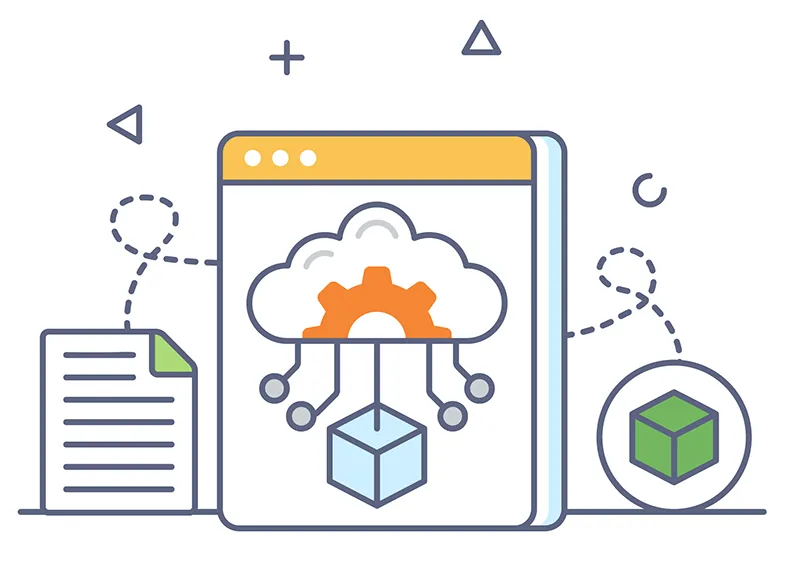
Monitoring ML models training progress
Monitoring your ML model’s training progress is vital to detect issues promptly. Track key metrics such as accuracy, loss, and convergence rate throughout training. If the model doesn’t perform as expected, revisit and refine aspects such as architecture, hyperparameters, or data preprocessing strategies to improve outcomes.
With Kiroframe, you can automatically log metrics and artifacts for every run, making it simple to compare experiments side by side on a shared leaderboard. This transparency helps teams spot regressions, reproduce results, and collaborate more effectively, ensuring that training progress isn’t just observed but also documented and actionable for long-term improvements.

Leverage visualization tools for insights
Visualization tools are invaluable for understanding your ML model’s behavior and identifying potential issues. Scatter plots, histograms, and heat maps can reveal patterns and anomalies in your data or model outputs. Platforms like Kiroframe, an MLOps solution, offer comprehensive insights by capturing detailed metrics and visualizing the entire ML/AI training process.
Beyond raw plots, Kiroframe links metrics to specific model runs and datasets, ensuring that insights are always reproducible. Shared leaderboards make it easy to compare results across experiments and team members, while advanced profiling highlights where resources are consumed. This combination of visualization, tracking, and profiling empowers teams to not only identify complex training issues but also optimize workflows with complete transparency and collaboration.
Profiling an ML model is essential for identifying bottlenecks and areas for improvement. This action includes analyzing computational performance, memory usage, and I/O operations. Profiling tools provide insights into where the model spends most of its time, enabling targeted optimizations.
Tools like Kiroframe offer advanced profiling capabilities by capturing detailed runtime metrics across CPU, GPU, and memory usage while linking results directly to specific model runs. This gives teams full visibility into resource consumption and execution patterns, helping them pinpoint inefficiencies early. By combining internal and external performance metrics with version tracking, Kiroframe not only highlights bottlenecks but also ensures optimizations are reproducible and comparable across experiments — accelerating the path to high-performing, production-ready models.
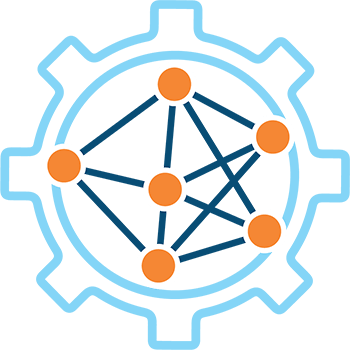
Speed up development with transfer learning
Transfer learning is a powerful technique that applies knowledge from a pre-trained model to enhance the performance of a new one. This method is beneficial for creating intricate models or working with sparse data. Transfer learning accelerates training and improves overall model accuracy and efficiency by starting with a pre-trained model.
With Kiroframe, teams can streamline this process by versioning and reusing ML artifacts such as model weights and datasets, ensuring reproducibility across projects. Shared environment management and team-wide leaderboards further support rapid experimentation, making it easier to compare results, collaborate efficiently, and get the most out of transfer learning in production scenarios.
Automate hyperparameter tuning for efficiency
Hyperparameter tuning, such as adjusting learning rate and batch size, is crucial for optimizing ML models but can be time-intensive. Automated hyperparameter tuning streamlines this process, quickly identifying optimal settings. Tools like Kiroframe enhance this process by profiling ML/AI models, optimizing hyperparameter configurations, and providing insights on hardware or cloud resource usage to achieve the best outcomes.
Validate models using fresh datasets
After training the model, testing it on new, unseen data is critical to evaluate its generalization ability. This stage improves the model’s efficacy and dependability by identifying possible problems and confirming that it operates as intended in practical situations.
With Kiroframe’s dataset tracking and management, teams can go further by linking datasets directly to model runs, versioning changes, and monitoring usage over time. This ensures that validation always happens against the right data snapshot, with complete transparency and reproducibility. By managing metadata and dataset evolution in one place, Kiroframe helps eliminate inconsistencies, reduce data leakage risks, and provide confidence that model validation mirrors real-world performance.
